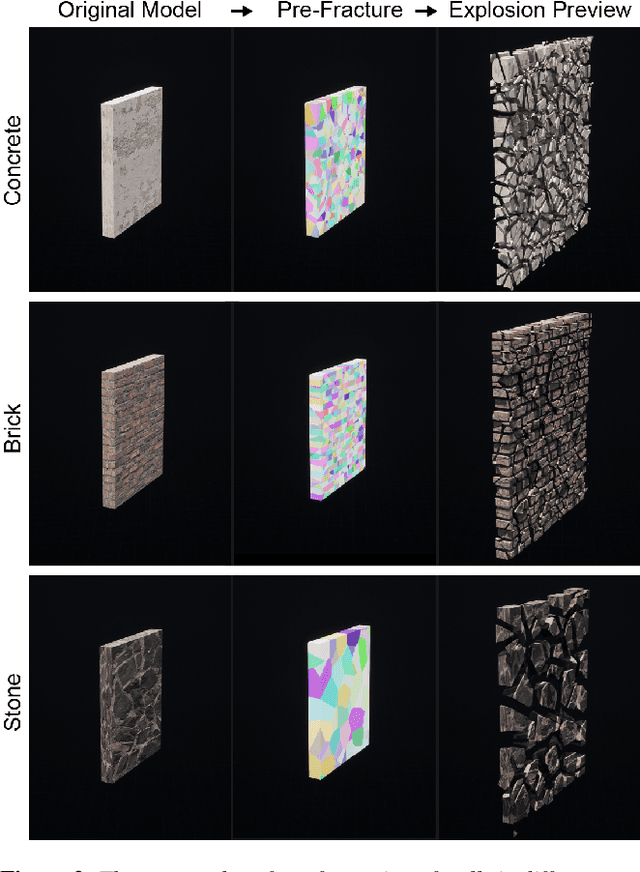Hanchun Wang
Robust Probabilistic Model Checking with Continuous Reward Domains
Feb 06, 2025Abstract:Probabilistic model checking traditionally verifies properties on the expected value of a measure of interest. This restriction may fail to capture the quality of service of a significant proportion of a system's runs, especially when the probability distribution of the measure of interest is poorly represented by its expected value due to heavy-tail behaviors or multiple modalities. Recent works inspired by distributional reinforcement learning use discrete histograms to approximate integer reward distribution, but they struggle with continuous reward space and present challenges in balancing accuracy and scalability. We propose a novel method for handling both continuous and discrete reward distributions in Discrete Time Markov Chains using moment matching with Erlang mixtures. By analytically deriving higher-order moments through Moment Generating Functions, our method approximates the reward distribution with theoretically bounded error while preserving the statistical properties of the true distribution. This detailed distributional insight enables the formulation and robust model checking of quality properties based on the entire reward distribution function, rather than restricting to its expected value. We include a theoretical foundation ensuring bounded approximation errors, along with an experimental evaluation demonstrating our method's accuracy and scalability in practical model-checking problems.
Universal Topology Refinement for Medical Image Segmentation with Polynomial Feature Synthesis
Sep 15, 2024Abstract:Although existing medical image segmentation methods provide impressive pixel-wise accuracy, they often neglect topological correctness, making their segmentations unusable for many downstream tasks. One option is to retrain such models whilst including a topology-driven loss component. However, this is computationally expensive and often impractical. A better solution would be to have a versatile plug-and-play topology refinement method that is compatible with any domain-specific segmentation pipeline. Directly training a post-processing model to mitigate topological errors often fails as such models tend to be biased towards the topological errors of a target segmentation network. The diversity of these errors is confined to the information provided by a labelled training set, which is especially problematic for small datasets. Our method solves this problem by training a model-agnostic topology refinement network with synthetic segmentations that cover a wide variety of topological errors. Inspired by the Stone-Weierstrass theorem, we synthesize topology-perturbation masks with randomly sampled coefficients of orthogonal polynomial bases, which ensures a complete and unbiased representation. Practically, we verified the efficiency and effectiveness of our methods as being compatible with multiple families of polynomial bases, and show evidence that our universal plug-and-play topology refinement network outperforms both existing topology-driven learning-based and post-processing methods. We also show that combining our method with learning-based models provides an effortless add-on, which can further improve the performance of existing approaches.
RESenv: A Realistic Earthquake Simulation Environment based on Unreal Engine
Nov 13, 2023



Abstract:Earthquakes have a significant impact on societies and economies, driving the need for effective search and rescue strategies. With the growing role of AI and robotics in these operations, high-quality synthetic visual data becomes crucial. Current simulation methods, mostly focusing on single building damages, often fail to provide realistic visuals for complex urban settings. To bridge this gap, we introduce an innovative earthquake simulation system using the Chaos Physics System in Unreal Engine. Our approach aims to offer detailed and realistic visual simulations essential for AI and robotic training in rescue missions. By integrating real seismic waveform data, we enhance the authenticity and relevance of our simulations, ensuring they closely mirror real-world earthquake scenarios. Leveraging the advanced capabilities of Unreal Engine, our system delivers not only high-quality visualisations but also real-time dynamic interactions, making the simulated environments more immersive and responsive. By providing advanced renderings, accurate physical interactions, and comprehensive geological movements, our solution outperforms traditional methods in efficiency and user experience. Our simulation environment stands out in its detail and realism, making it a valuable tool for AI tasks such as path planning and image recognition related to earthquake responses. We validate our approach through three AI-based tasks: similarity detection, path planning, and image segmentation.
 Add to Chrome
Add to Chrome Add to Firefox
Add to Firefox Add to Edge
Add to Edge